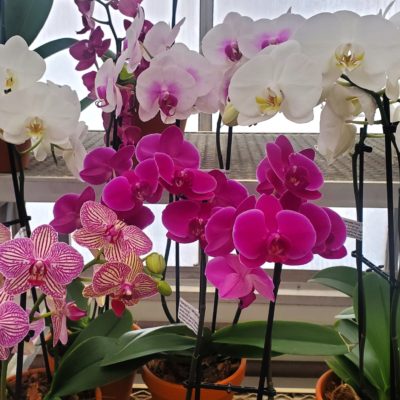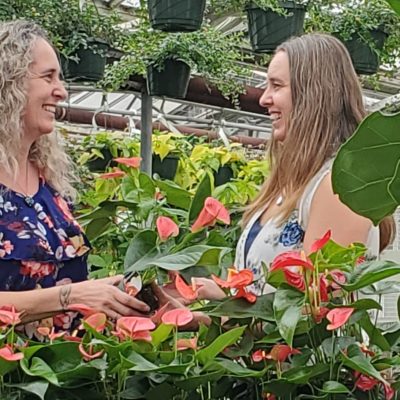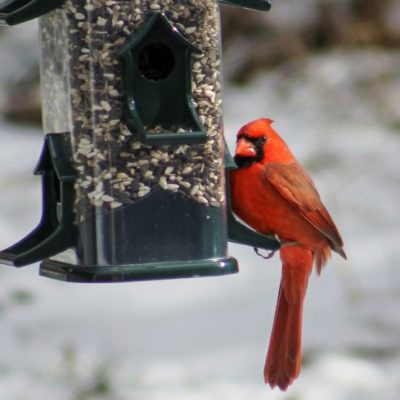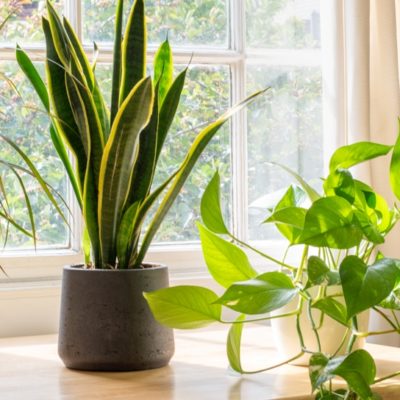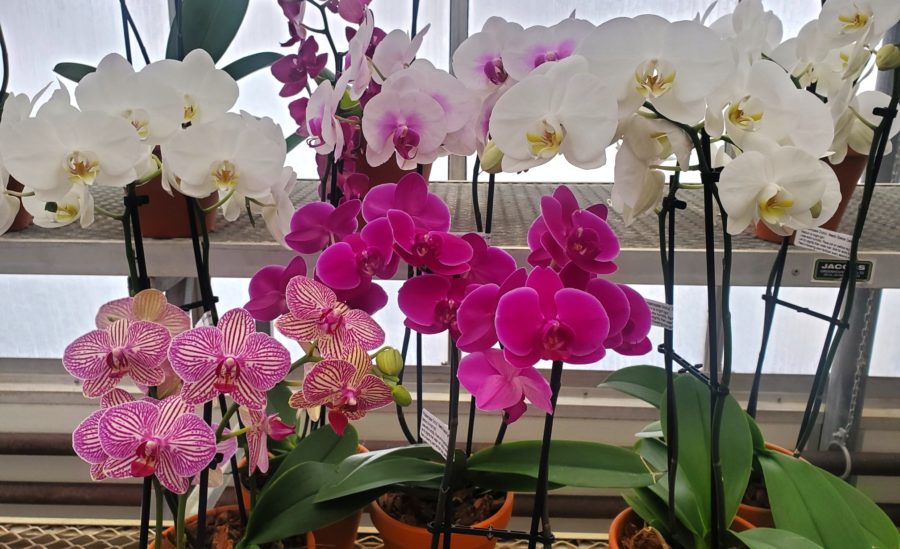
Tropical Houseplant Profile: Phalaenopsis Orchids
When you think of the words “exotic”, “graceful”, and “tropical”, what plant comes to mind? Your brain immediately went to an orchid, didn’t it? The Phalaenopsis Orchid, if we’re being specific, right? Looks like great minds think alike!
Of course, if you’re an orchid connoisseur you may have pictured any of the 2000+ varieties within this one plant family, ranging from blooms the size of a nickel to 14 foot long sprays on a single plant. Phals, as we like to call them, are the most well-known member of this family and can also go by their other common name, Moth Orchids. Their gorgeous blooms can last for months at a time, sometimes going a full year before taking a break! If you think about it, a potted Phal goes for about the same price as a dozen roses, so you can either have months of gorgeous blooms or just a week of wilted colour; not really a tough choice, is it?
Orchids can be found nearly everywhere on the planet, even as far as the Arctic Circle! Phals, specifically, are native to China and Southeast Asia, where temperatures stay around 20 to 35°C (68 to 95°F) and humidity levels are consistently high. They are epiphytes: air plants that, in this case, typically grow on trees rather than in the soil, with air roots to collect moisture and nutrients from the atmosphere. Unfortunately, this means that the average Canadian home (dry heating elements, low winter light) is not their ideal habitat. So, what to do?
We can’t exactly switch out our walls for trees just to attach our Orchids, so we do the next best thing: pot them up in bark and stand them up straight. The bark mimics their natural environment, and their air roots will naturally pop out in search of both humidity and something to cling to, like a tree (do not give into their demands, you can’t live in a tree house just for an Orchid…right?) Here are some other tips for Phal success:
Light: Medium to bright indirect light, ideally in an east window or near a south/west window.
Avoid hot direct sunlight.
Watering: Orchids like to dry slightly between waterings, but never allow them to dry out completely. Imagine trying to replicate a rainforest: when it rains it pours, then it dries a bit and then rains again. Never leave them to sit in water! They grow on trees, not in the lake. Your watering schedule will depend on the season and whether it’s in bloom, so check your pots first before giving them a long, deep drink.
Fertilizer: Just like your other plants, orchids can benefit from a dose of extra nutrients now and then. You can go for an orchid-specific product, but an all-purpose or flowering plant fertilizer is also perfectly fine. Use it once a month as a multivitamin for your Phal.
Humidity: Phalaenopsis orchids benefit from extra humidity, and most of us don’t live in the rainforest, so keeping a spray bottle nearby is way easier. Give the leaves a few sprays each day, but not so much that you leave a puddle behind. A pebble tray is also very handy: fill a large saucer with pebbles and place your orchid pot on top, then fill the tray with water until the level is just under the pot.
Repotting: You’ll need to repot your Orchids when the bark starts to break down, typically every 2 years or so, otherwise the bark will hold too much moisture and the roots will start to rot. Wait until the plant is finished blooming before repotting, then:
- Remove the plant from its container, massage the root ball and gently remove all the old bark and any dead or severely damaged roots; leave enough roots intact for it to thrive!
- Reuse the original pot or pick out a new one, making sure it has good drainage.
- Build up a mound of fresh bark and gently place your Phal on top, with its roots circling the mound; fill in the sides and tuck in some of the air roots, if desired.
- Water the whole thing in and, voila! You’re done!
Blooming: All Phals will rebloom eventually, though some will require more patience. If it flowered continually for 4 or 6 months, it will likely take a year before it reblooms; it’s hard work being that gorgeous, and your Phal will need its beauty sleep. Here are some tips to help them along:
- Skip the fertilizer during the short days of fall and winter.
- Trick it into its natural flowering cycle by changing the temperature at night – if your home is usually 22°C during the day, try to make it around 19°C at night. You can keep your Phal in a well-lit room and leave the window open a crack at night to slightly cool the area.
- Some Phals are just stubborn and will only flower when they’re good and ready. Be patient, they’re worth the wait!
Fun Orchid Facts!
Vanilla (the real stuff) is made from the seed pod or bean of the vanilla orchid, which is originally from Mexico but is now farmed primarily in Madagascar and Tahiti. It grows as a vine and can reach up to 30 feet long!
All orchids have six “petals”: three sepals (the outer pieces that formed the bud), two petals and a third modified petal that forms a lip, sometime called the throat. They’re also symmetrical, so if you draw a line vertically down the middle of the flower, you’ll see mirror images!
Most orchids depend on a single species of bird, bee, or other insect for pollination. The reproductive parts of many orchid flowers are shaped and colored to look like the kind of insect they hope to attract.
Some Phals will develop a baby plant on the flower stem, called a keiki.
A single tree in the rainforest can house hundred of orchids!


